Boracay Essentials
Geography
Boracay is a tropical island located approximately 315km (200 miles) south of Manila and 2km off the northwest tip of the island of Panay in the Western Visayas region of the Philippines. It is one of the country’s most popular tourist destinations. The island comprises the barangays of Manoc-Manoc, Balabag, and Yapak (3 of the 17 barangays which make up the municipality of Malay.
Boracay Island is located off the northwest corner of the island of Panay, and belongs to the Western Visayas island-group, or Region 6, of the Philippines. The island is approximately seven kilometers long, dog-bone shaped with the narrowest spot being less than one kilometer wide, and has a total land area of 10.32 square kilometers. South-facing Cagban Beach is located across a small strait from the jetty port at Caticlan on Panay island, and the Cagban jetty port serves as Boracay’s main entry and exit point during most of the year. When wind and sea conditions dictate, east-facing Tambisaan Beach serves as an alternative entry and exit point.
Boracay’s two primary tourism beaches, White Beach and Bulabog Beach, are located on opposite sides of the island’s narrow central area. White Beach faces westwards and Bulabog Beach faces eastwards. The island also has several other beaches.
White Beach is the main tourism beach. It is a bit over four kilometers long and is lined with resorts, hotels, lodging houses, restaurants, and other tourism-related businesses. In the central portion, for about two kilometers, there is a footpath known as the Beachfront Path separating the beach itself from the establishments located along it.
North and south of the Beachfront Path, beachfront establishments do literally front along the beach itself. In past years, Boracay entry and exit was done through three boat stations located along the Beachfront Path, but that practice was discontinued in 2007 in favor of the single-point entry and exit mentioned above. Several roads and paths connect the Beachfront Path with Boracay’s Main Road, a vehicular road which runs the length of the island. At the extreme northern end of White Beach, a footpath runs around the headland there and connects White Beach with Diniwid Beach.
Across the island from White Beach is Bulabog Beach, a secondary tourism beach and Boracay’s main windsurfing and kiteboarding area.
For Land Use and Management, the island of Boracay is divided into 400 hectares of preserved forestland and 628.96 hectares of agricultural land.
History
Boracay was then called “Land of the Atis” because the first settlers of the island are the Negritos or Atis. The Negritos farmed and fished in Boracay for centuries. During the 1940′s and 1950′s, the Boracaynons or the people of Boracay, depended largely on fishing and coconut plantation. Copra, the dried meat of coconut, was traded to businessmen from Aklan in exchange for rice and other goods and commodities.
In the 1960′s and 1970′s, Boracay became popular among families from Panay. When a German writer published a book about the Philippines in 1978, describing Boracay history and the beautiful island in details, the island was introduced to the world. This mark the beginning of tourist “boom” with tourist.
Since then, The onset of tourism changed Boracay completely. As word of its exceptional beauty–specifically the immaculate white sands of White Beach spread, tourists began arriving.
Suddenly, from a sleepy, sparsely populated island, Boracay was transformed into a major destination on the international travel circuit. Whether the change was for the better or worse is an open question, but it was certainly a turning point in the history of Boracay Island.
Climate
As you may know by now, Boracay is the perfect getaway for sun-worshippers. It is where summer is sunnier, lovelier, and livelier. Then again, Boracay is not always the kind of paradise you imagine it to be year in and year out. There are certain points in the calendar when Boracay could be gloomy and lifeless, too.
Like in the most parts of the Philippines, Boracay enjoys a climate that is divided into two seasons, locally named as Amihan and Habagat. Amihan is a season when temperatures are modest and little rainfall is expected. Habagat, on the other hand, is a season when temperatures arise combined with frequent rainshowers. Generally, Boracay experiences Amihan in September and May and Habagat for the rest of the year.
From March to June, the climate in Boracay is very hot with occasional rainshowers to cool off. That is the main reason, this island getaway is almost a sold out during that period. Whenever it is sunny, people find the best opportunity to enjoy Boracay activities with no worries of any kind of interruptions from the climate.
From July to October, the real might of Habagat is felt with more frequent thunderstorms. In that case, those months are considered as Boracay`s lean season. Very few people choose to brave the stormy climate that is why tourism is dull. If you decide to visit Boracay during this time, your best edge is owning a cheap accommodation. Vacation rates at off season are very pocket-friendly. The only drawback is that you cannot possibly enjoy the activities that take place during the peak season, which mostly requires a sunny weather.
Language
Though Ati was originally used as a language in Boracay, the dominant language in Boracay today is Aklanon or Akeanon, spoken in the province of Aklan where Boracay Island is located. Most Boracay native folks use this daily. Next is Ilonggo, due to the proximity of Boracay to the Panay Islands. But being now a focus of tourism campaigns, the languages used in Boracay are not limited to Aklanon and Ilonggo.
Filipino or Tagalog (archaic form of Filipino) is also widely used as a language in Boracay because many vacationers and visitors in the island come from Manila and the Tagalog provinces. Furthermore, Filipino is the national language of the Philippines, so more than 80 percent of the people scattered all over the archipelago speak it.
Dining
Boracay`s food scene is positively multi-cultural. It is of no wonder that the island provides more than 200 restaurants and food stations where one can sumptuously find a wide variety of assorted food from around the world and the Philippines. Try, for example, traditional Filipino dishes and other Asian cuisines ranging from Korean and Thai to Indian, Chinese, and Japanese. European dishes, including German, Swiss, Greek, Portuguese, Spanish, and Italian are thus widely available on the island.
Now if you`re tired of dining in restaurants, then check out D`Talipapa, a wet market specializing in seafood and seasonal fresh fruits. On the other hand, if you want to visit an upscale mall in the center of Boracay, then visit D`Mall and sample the extensive array of outdoor restaurants, gourmet cafes, delicatessens, and inexpensive bakeries, which you can find in the old extended side of D`Mall.
Shopping
The most important shopping items on Boracay Island are beach-related items, such as beach wear, beach towels, slippers, T-shirts and bottles of su-protective lotions. One can easily find shops selling all sorts of things, from raw and cooked food to beachwear and cool T-shirts, mostly representing Boracay Island. For clothes, accessories, footwear, home decors, lamps, native woodcarvings and even antique furniture, one can accessibly purchase these at an upscale mall, known as D`Mall, in Station 2.
And in turn, one can indulge in an eclectic selection of food accompanied by imported delicacies and refreshments, capped with an added attraction of people watching. D`Mall also offers convenience stores for necessity shopping, money changers, ATM machines, pharmacies, internet cafes, WI-FI stations, airline ticketing offices, and travel agencies for flight confirmations and changes.
As for seafood hunting, the D`Talipapa is the ideal place for it. It is now considered as the new wet market or ‘talipapa’ after the old talipapa in Station 3 turned into ashes from a fire accident in January, 2005. Situated along the main road near Boat Station 2, D`Talipapa renders a wide range of raw ingredients, comprising of poultry, meat and seasonal fresh seafood and fruits.
Other essential establishments in Boracay are AKY Cycle Center, which offers hard-to-find motorcycle parts and quality fuel for motorcycle and tricycle operations. Another one is one of the island`s oldest shops, Jopine`s Store where locals and tourists go to for their all-around convenient supplies.
Nightlife
As perpetuated by everybody on the island, sunset is indeed the beginning of nightlife in Boracay. It only depends on one`s own momentous mood that it either becomes the last swim in the red-golden sunrays that are reflected by the deep blue and calm water, or a cocktail splurge to meditate into the sunset at one of the grandest places along the White Beach.
Almost every sunset is a spectacle by itself. And afterwards, one may shake oneself up over a relaxing massage or over a sumptuous dinner before heading out for the bar and other exciting night activities.
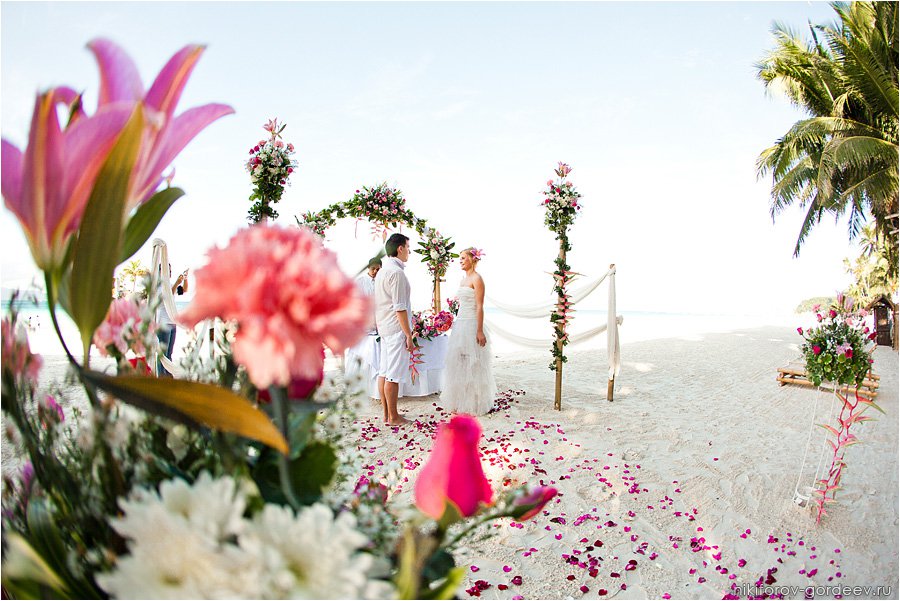
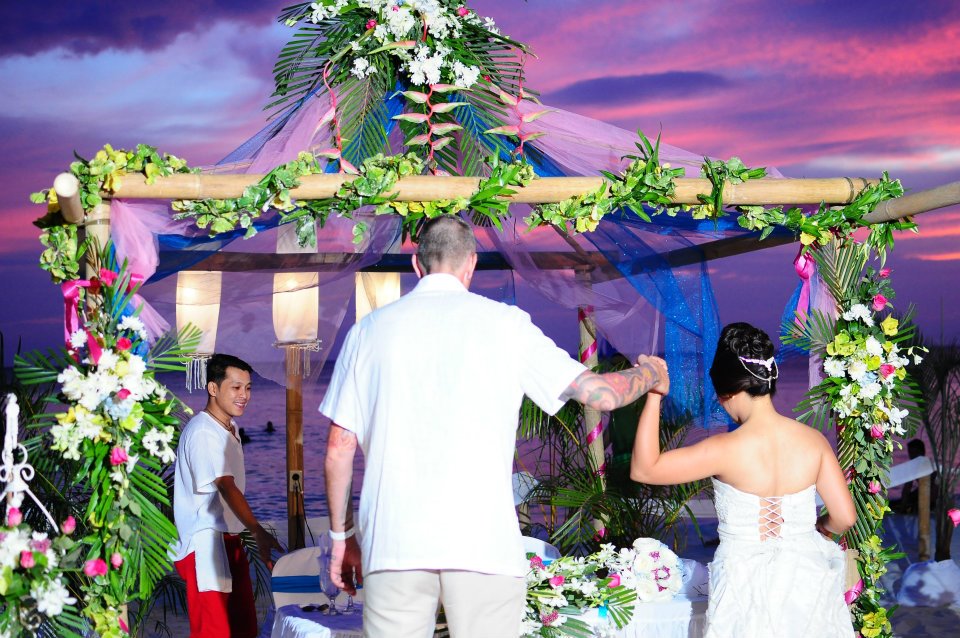
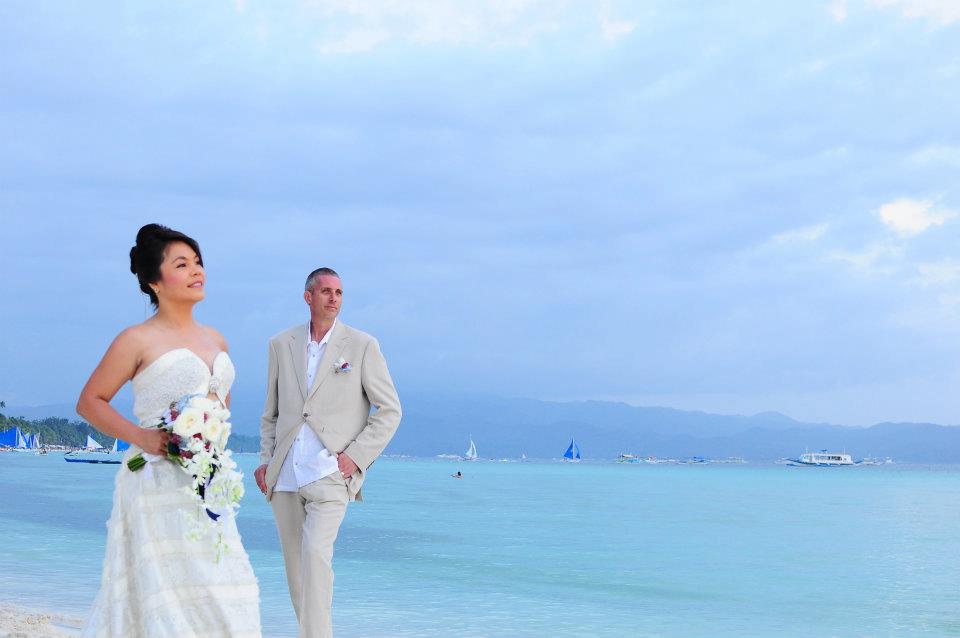
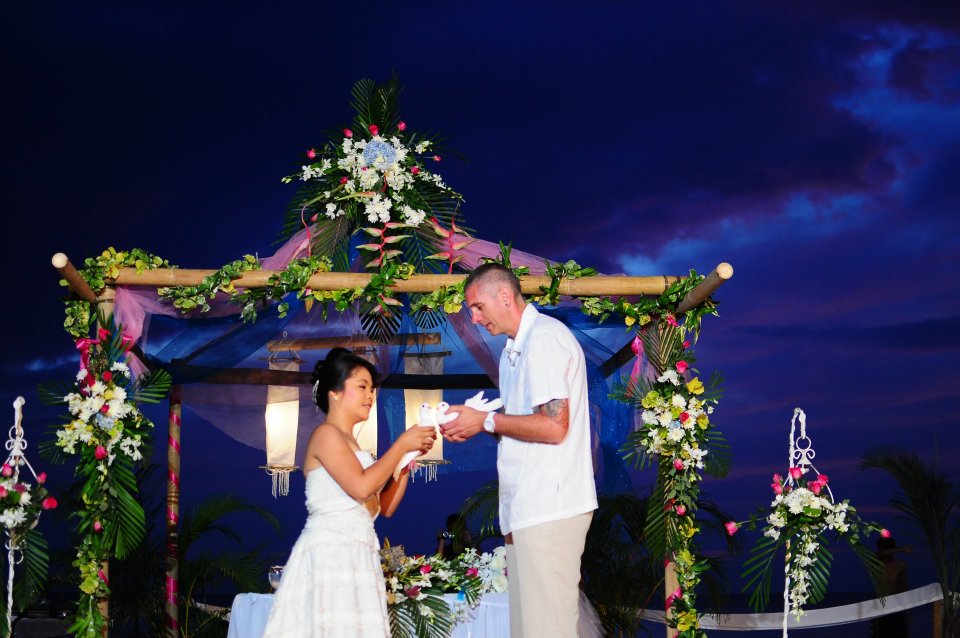
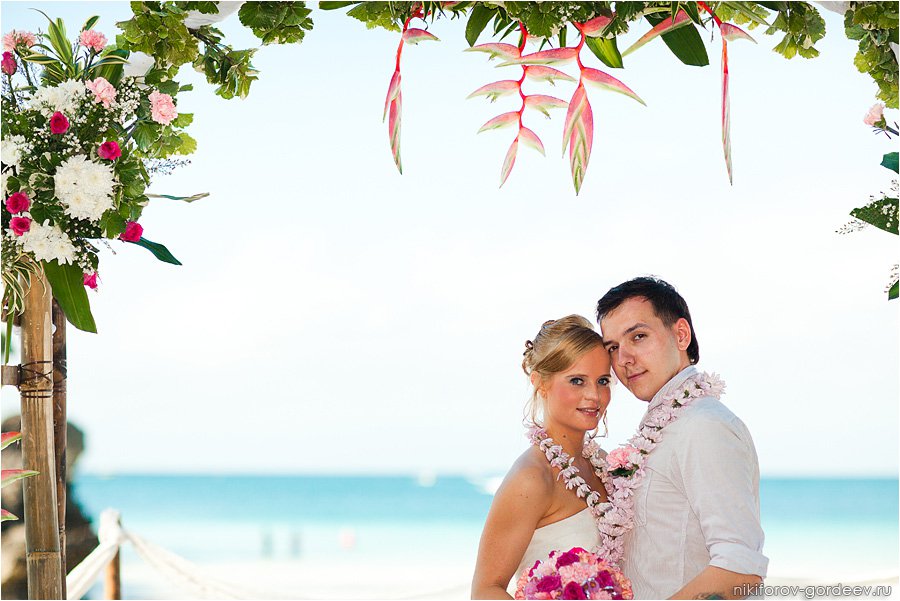

 +63 917.6226445
+63 917.6226445 +63 36.288.4404
+63 36.288.4404


